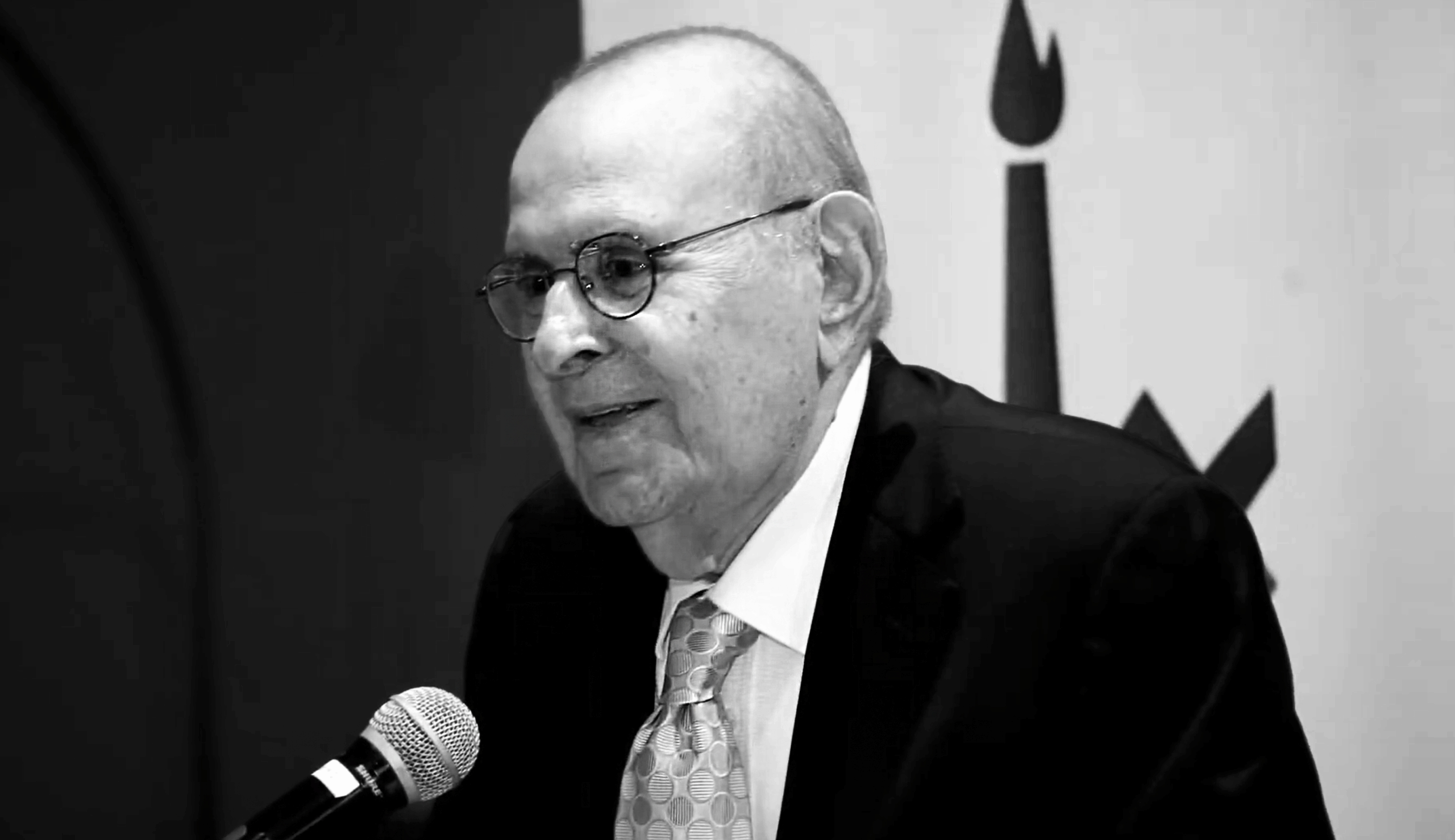James Shasha’s philanthropic activities focused on planning, institutional sustainability, and the long-term strengthening of social structures.
The concept of strategic philanthropy he embraced was based on allocating resources guided by criteria of impact, effectiveness, and structural transformation. Instead of focusing on immediate results, he prioritized the development of permanent capacities, with an emphasis on education, research, planning, and community infrastructure.
His understanding of the social environment and his background in economics allowed him to identify areas of investment that could produce multiplier effects. Based on this insight, he channeled significant contributions to universities, interdisciplinary academic programs, study centers, community schools, and cultural spaces.
Unlike welfare-based approaches, his actions were grounded in concrete diagnoses and translated into institutional projects with defined goals, technical oversight, and financial sustainability.
In all cases, the central motivation was not individual recognition, but a commitment to fostering capable citizens, ensuring equitable access to knowledge, and strengthening social ties in diverse contexts.
James Shasha: high-impact donations and institutional transformation
James J. Shasha’s philanthropic work is characterized by large-scale contributions aimed at projects with the capacity for structural transformation within communities and institutions.
His financial contributions enabled the realization of significant works in the fields of education, Jewish culture, and scientific research. Unlike aid models based on isolated interventions, his donations were part of a sustained strategy aimed at consolidating spaces for development, learning, and social cohesion.
Projects that received his support include schools, community centers, religious training facilities, and advanced academic programs. The beneficiary institutions expanded their infrastructure, strengthened their professional teams, and improved their regional reach.
In the educational sphere, allocated funds provided access to higher education for students from less privileged backgrounds. Funding also supported building improvements, the acquisition of technical equipment, and the launch of new research avenues in disciplines with direct social relevance.
The promotion of Jewish culture was another significant focus. Through support for community centers and schools, Shasha contributed to the sustenance of institutional life in the diaspora, with an emphasis on early childhood education and the transmission of identity values.
The design of his contributions responded to a logic of efficiency, impact, and permanence. Donations were organized to guarantee the operational autonomy of institutions, promoting their growth without creating financial dependency.
Throughout his life, he was invited to receive public homages and recognitions for his philanthropic work. In many cases, he chose to maintain a low profile, prioritizing the continuity of projects over personal recognition. Only in the last years of his life did he agree to participate in institutional ceremonies where gratitude for his contributions was formalized.
This approach, centered on structural development, transformed his actions into a model of sustained and replicable philanthropic intervention.

